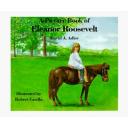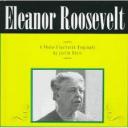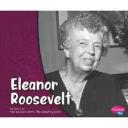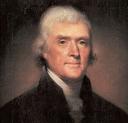The following resources are appropriate to help teach third graders about the contributions Martin Luther King, Jr. made to the Civil Rights Movement in the United States (Virginia Social Studies SOL 3.11 b). Following in the footsteps of his father and grandfather, Martin became a minister after graduating from Morehouse College. His charismatic speeches from the pulpit garnered much attention, and he was asked to lead the Montgomery Bus Boycott. From then on, King was an influential leader in the Civil Rights Movement until his assassination in 1968. The non-violent ideals that Martin espoused, and the dream of equality that he propagated live on through his legacy.
Relevant Children’s Literature

Who Was Martin Luther King, Jr.?
Written by Bonnie Bader
Illustrated by Nancy Harrison
This beginner chapter book is punctuated by beautiful black and white pictures on each page. Spanning Martin Luther King, Jr.’s life from birth to death, the book is divided into chapters based on aspects of his life. These chapters can individually be read and understood if there is not enough time during class to read the entire book. Perfect for a strong third grade reader who wants to delve more deeply into King’s life, the last chapter of the book even talks about King’s legacy after his death, and the lives of his wife and children. Who Was Martin Luther King, Jr.? is very well organized, and the time line in the back of the book will further help students to arrange the details of King’s life in their minds.
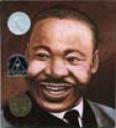
Martin’s Big Words: The Life of Dr. Martin Luther King, Jr.
Written by Doreen Rappaport
Illustrated by Bryan Collier
“He said “together” when others said “separate”. He said “peace” when others said “war”(p. 9).”
Martin’s Big Words is not about the long vocabulary words that Martin Luther King, Jr. used in his speeches. Rather, the book emphasizes the words that encompass the big concepts that King stressed through his leadership and oration. These concepts include, “together”, “love”, “freedom”, and “peace”. The actual print in the book is typed with different fonts and sizes, highlighting some of the important concepts. More impactful than the changing fonts, the beautiful illustrations set the tone of the book. Created by using a mix of collage techniques with original drawings, the illustrations catch the feeling of the era.
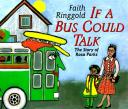
If A Bus Could Talk: The Story of Rosa Parks
Written and Illustrated by Faith Ringgold
Martin Luther King, Jr. became a Civil Rights leader when he was asked to direct the Montgomery Bus Boycotts. However, the Boycotts would never have occurred if it had not been for the courageous stand of Rosa Parks, who refused to get to the back of the bus. Marcie is a little girl waiting for her school bus, when a talking bus pulls up to the stop instead. Boarding the talking Cleveland Avenue Bus, Marcie embarks on an adventure to learn about the life of Rosa Parks, and the 381 day boycott that initiated Martin Luther King, Jr. into the Civil Rights Movement. With beautiful pastel pictures, If a Bus Could Talk: The Story of Rosa Parks, whimsically describes Parks and the important stand she took.

Martin Luther King, Jr.
Written by Mary Winget
Illustrated by Tim Parlin
Using a mixture of primary source pictures and drawings, Martin Luther King, Jr. is a very accessible biography for elementary students. The primary photographs accurately show what the world looked like to King. Students are shown pictures of him attending a birthday party as a child and giving speeches as an adult. Such pictures help to bring King alive to students who never saw him during their lifetime. The drawings help take complicated concepts and simplify them by enacting the concepts through the artwork. The drawings and pictures enhance this biography that extends from Kings life to his life’s work. Special people and events in his life are highlighted and explained in separate sections, such as a page on Ghandi and Rosa Parks.
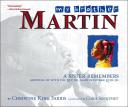
My Brother Martin: A Sister Remembers Growing Up with the Rev. Dr. Martin Luther King, Jr.
Written by Christine King Farris
Illustrated by Chris Soentpiet
Unlike many books on the life of Martin Luther King, Jr., My Brother Martin focuses not on his life as a Civil Rights leader, but on his childhood years. Written by his eldest sister, the book shows a mischievous but thoughtful young boy growing up the son and grandson of ministers in a world rampant in prejudice. Children can easily relate to the child that they read about, but the book also paints a picture of the injustices of segregation from a child’s point of view. Particularly moving, and often cited as the catalyst that made King so passionate about desegregation, is the vignette when the two white boys that the King brothers play with tell them that they can not play with them anymore because they are black. All children understand the sting of rejection, making this story extremely powerful.
Relevant Websites for Students
“I Have a Dream” Speech
This YouYube video begins with pictures from the March on Washington on August 28, 1963, overlaid by the spiritual song, “We Shall Overcome.” In only seventeen minutes, Martin Luther King, Jr. delivers the most important speech of his life, and inspires millions to share his dream of equality for all. Students should hear the cadence of his voice, and will feel like they are on the front seat of history as they see and hear this famous leader talk.
Rags to Riches
When you play Rags to Riches, for every answer you get correct about the life and work of Martin Luther King, Jr., you will advance to the next level of the game. Just like the television game show, I Want to be a Millionaire!, this game has helpful hints that you can use if you choose, and each level you play is for a certain amount of money. The amount increases incremently until you reach 1 million dollars. If a student does get a question incorrect, the correct answer is shown, and this way students will be playing a game, and learning new facts about King. A wonderful review of King’s life, the fun game allows you to start over as many times as you need until you become a millionaire!
The Life of Martin Luther King, Jr.
The Life of Martin Luther King, Jr. is an online comic book starting at King’s birth and continuing until his assassination in 1968. The colorful and provocative comic book is especially interesting because students have the opportunity to begin imagining what King was thinking throughout his life. While it is impossible to know King’s actual thoughts, the thought bubbles that float above his head throughout the comic let students imagine what he could have been thinking. In truth, this is the same as imagining his motivations, and helps to create empathy for his cause by having students put themselves in his place for awhile.
Martin Luther King, Jr. Quiz
This quiz, created by the Seattle Times, gives students the opportunity to test their knowledge of Martin Luther King, Jr.. Unlike most online quizzes that just tell you the answers after you submit your guess, this quiz goes one step further. After you submit your answer, a dialogue box comes up with the correct answer, and a short explanation of the answer. This deepens understanding and and allows students to understand why or why not their submission was correct.
Martin Luther King, Jr. Time Line
Created by students, this time line is a slide show, in chronological order, of the important events in the life of Martin Luther King, Jr.. Each slide has the year across the top, a short description of the event at the bottom, and a picture created by students describing the caption. All of the slides are signed by the pair of students who created them. Students will love seeing a product created and published completely by other students!
Helpful Resources for Educators
Biography of Martin Luther King, Jr.
Before teaching a subject, it is important to delve into the material and become as informed as possible with the content. This biography of Martin Luther King, Jr. is from the Official Site of the Nobel Prize. As a Nobel Prize recipient, King has a biography on their site that details the work that led to his awarding and acceptance of the Nobel Peace Prize.
Martin Luther King, Jr. Printable
Perfect for morning work, or as review at the end of the unit, this printable has a picture of Martin Luther King, Jr. at the top for students to color in, and lined space at the bottom for a written response. The writing could be in response to any number of questions, including a synthesis of all they have learned about King, what they feel his most important contribution was, or what characteristics he had that made him such a charismatic and effective leader.
Martin Luther King, Jr. Online
A one stop website with quotes, speeches, videos, and pictures of Martin Luther King, Jr. that can be used to supplement any lesson plan, this website is very user friendly and accessible. One of the most interesting features of the site is that relatable current news items are added to the site regularly. For instance, President Barack Obama spoke at the Ebenezer Baptist Church a day before the Martin Luther King, Jr. Holiday, and his speech was uploaded to the site.
Martin Luther King, Jr. Lesson Plans
This page provides links and materials with lesson plans and ideas for teaching about Martin Luther King, Jr. for kindergarten through fifth grade. This is a great resource to look for lessons, and to find creative ideas to teach about King. The top five lessons are listed with a brief description of the lesson and the suggested grade levels to use the lesson with. When you click on the lesson, a new page appears with the lesson objective, vocabulary, content, and assessment. In addition, lessons of interest from other websites are listed at the end of the page, again with the suggested grade level.


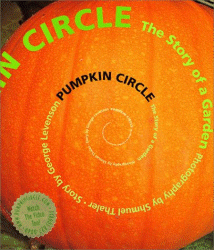


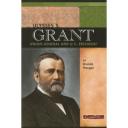
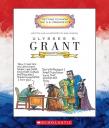
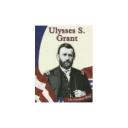
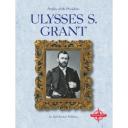







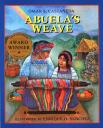

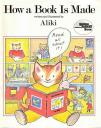

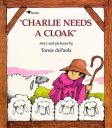

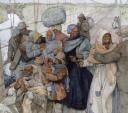



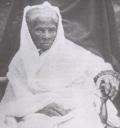

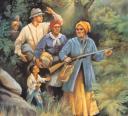
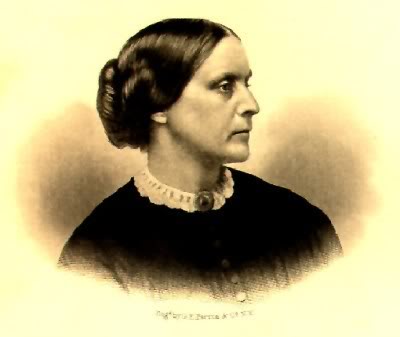
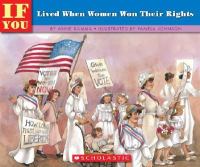
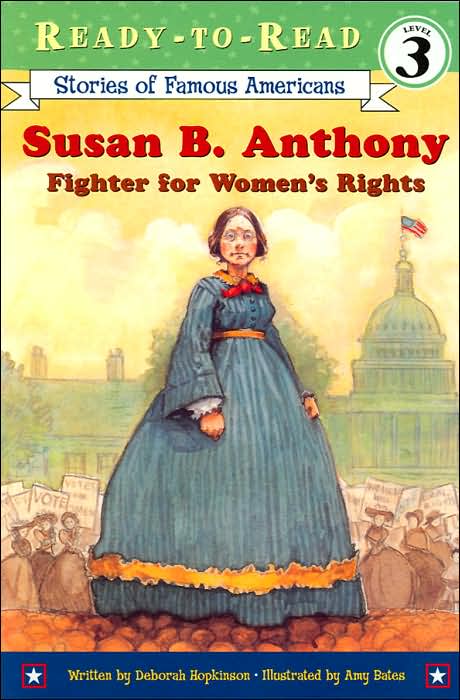
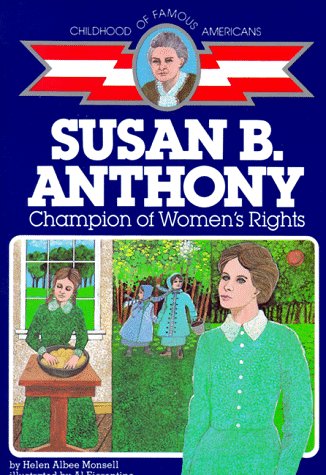
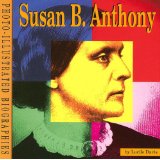
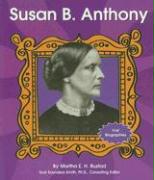
 This blog post includes resources regarding the 1st Grade Social Studies SOL on American leaders and their contributions to the United States, specifically, the life of Eleanor Roosevelt (VA SOL 1.2).This post includes five different books that are great for the first grade level. These books provide the teachers and students with great information about this amazing first lady. The blog also includes five kid-friendly websites and five extra teacher-specific resources. I hope these books and websites are helpful in teaching a lesson(s) about the great Eleanor Roosevelt!BOOKS Eleanor (Picture Puffins)Written and Illustrated by Barbara Cooney
This blog post includes resources regarding the 1st Grade Social Studies SOL on American leaders and their contributions to the United States, specifically, the life of Eleanor Roosevelt (VA SOL 1.2).This post includes five different books that are great for the first grade level. These books provide the teachers and students with great information about this amazing first lady. The blog also includes five kid-friendly websites and five extra teacher-specific resources. I hope these books and websites are helpful in teaching a lesson(s) about the great Eleanor Roosevelt!BOOKS Eleanor (Picture Puffins)Written and Illustrated by Barbara Cooney
